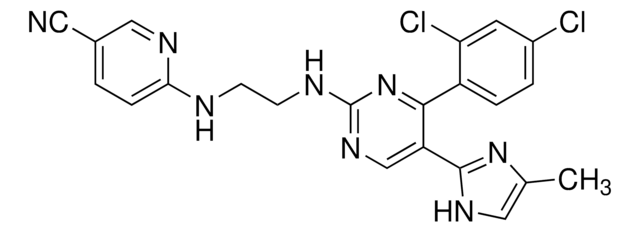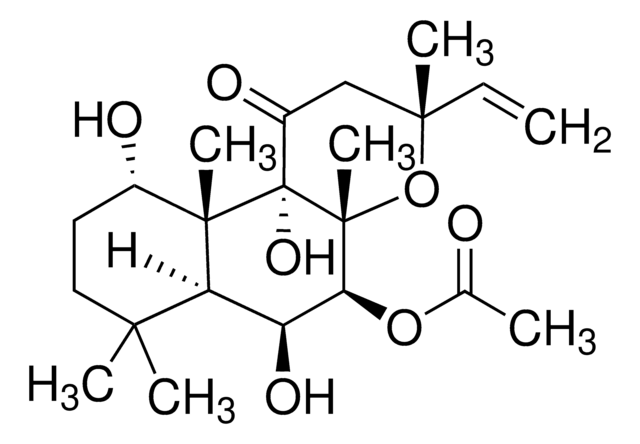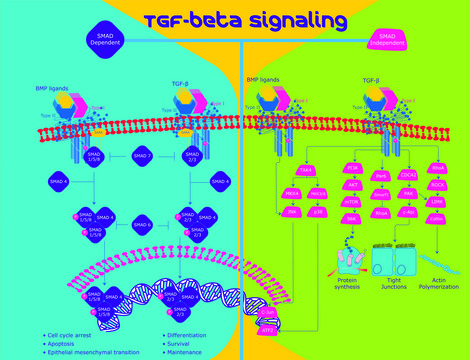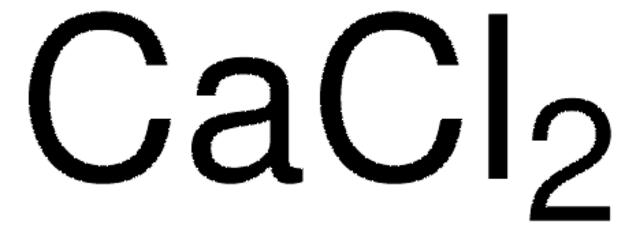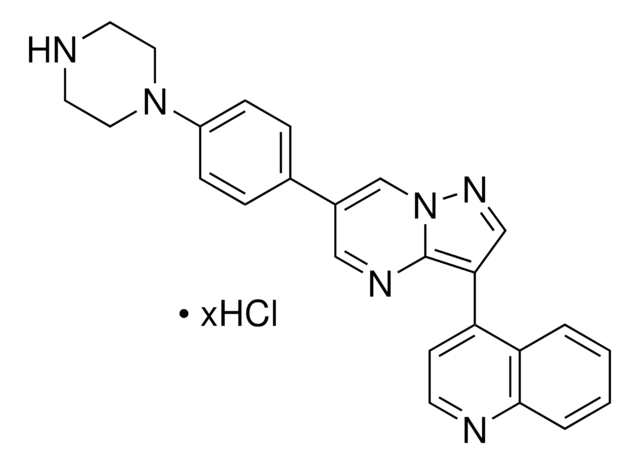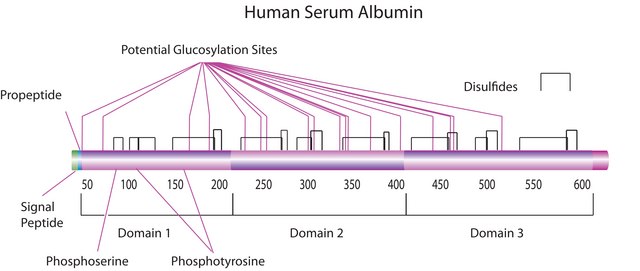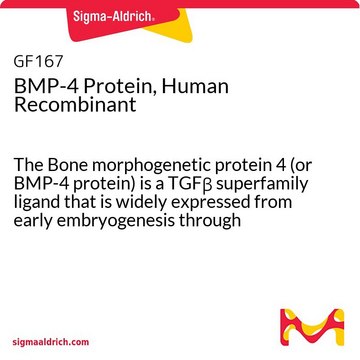General description
BMP are members of the TGF-β superfamily of cytokines that affect bone and cartilage formation. Similar to other TGF-β family proteins, BMPs are highly conserved across animal species. Mature BMPs are 30-38 kDa proteins that assume a TGF-β-like cysteine knot configuration. Unlike TGF-β, BMPs do not form latent complexes with their propeptide counterparts. Most BMPs are homodimers, but bioactive natural heterodimers have been reported.
Bone morphogenetic protein 4 (BMP4) is a member of the transforming growth factor-β (TGF-β) superfamily. It is a glycoprotein with cysteine knot and exists as homodimer corresponding to a molecular mass of 26 kDa. BMP4 is mapped to human chromosome 14q22.2. BMP4 is expressed in embryonic and adult tissues. It is synthesized in the endoplasmic reticulum and in Golgi, it undergoes posttranslational modifications.
Application
Bone morphogenetic protein 4 human has been used to induce cardiac myogenic differentiation in bone marrow-derived mesenchymal stem cells (MSC).
Biochem/physiol Actions
BMPs create an environment conducive for bone marrow development by stimulating the production of specific bone matrix proteins and altering stromal cell and osteoclast proliferation. In addition to stimulating ectopic bone and cartilage development, BMPs may be an important factor in the development of the viscera, with roles in cell proliferation, apoptosis, differentiation, and morphogenesis. BMPs also appear to be responsible for normal dorsal/ventral patterning. BMP-4 specifies the development of ventral structures (e.g., skin from ectoderm and connective tissue/blood from mesoderm). Dorsal structures (nervous system and muscle) apparently appear when BMP-4 signals are interrupted through the activities of binding proteins. BMPs are found in tissues that induce bone or cartilage growth, such as demineralized bone and urinary epithelium.
Cellular responses to BMP-4 are mediated by the formation of hetero-oligomeric complexes of type I and type II serine/threonine kinase receptors, which play significant roles in BMP binding and signaling. Two BMP type I receptors and one BMP type II receptor have been identified. Both BMP type I receptors bind BMP-4 with high-affinity in the absence of BMP receptor type II.
Bone morphogenetic protein 4 (BMP4) is essential for auditory neurogenesis. It also mediates the mesenchyme formation and acts as a key differentiation factor for hematopoietic and nerve cells. The BMP4 based signaling is upregulated in both. oligodendrocyte progenitor cells (OPCs) neural precursor cells (NPCs). Cellular responses to BMP-4 are mediated by the formation of heterooligomeric complexes of type I and type II serine/threonine kinase receptors, which play significant roles in BMP binding and signaling. Frameshift mutations in the BMP4 is implicated in the developmental anomalies especially with optic vesicle and digits. BMP4 mutations have also been associated with orbicularis oris muscle (OOM) and lip morphological defects.
Physical form
Lyophilized from a 0.2 μm filtered solution of 2x PBS + 6% Ethanol.
Preparation Note
This Bone Morphogenetic Protein-4 (BMP-4) is expressed in human HEK 293 cells as a glycosylated 34 kDa homodimer. Production in human HEK 293 cells offers authentic glycosylation. Glycosylation contributes to stability in cell growth media and other applications. Mature human and mouse BMP-4 are 98% and 100% identical, respectively, to mature rat BMP-4 in their amino acid sequence.
Analysis Note
The specific activity was determined by its ability to induce alkaline phosphatase production in a dose response to BMP-4 in the ATDC-5 cell line (mouse chondrogenic cell line).
Legal Information
HumanKine is a registered trademark of Proteintech Group, Inc. and Humanzyme, Inc
